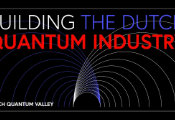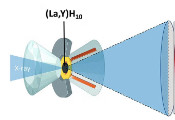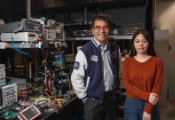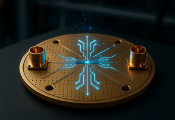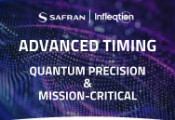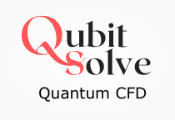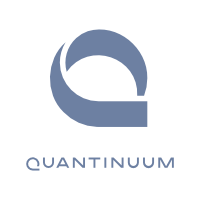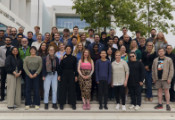Suddenly Visible: New Particle Challenges Long-Held Assumptions
July 17, 2025 - Researchers at the University of Hamburg and DESY have found evidence of the elusive toponium. With this discovery, the fundamental structure of matter could be deciphered in even greater detail.
Researchers at the University of Hamburg and DESY, working together in the University of Hamburg’s Cluster of Excellence Quantum Universe, have found signals in two experiments at CERN’s Large Hadron Collider (LHC) that point to an extremely rare particle called toponium—a bound state consisting of a top quark and its antiparticle.
Expectations overturned
The top quark is the heaviest of all known elementary particles. It is produced during collisions in the LHC, but it is so massive and so unstable that it typically decays in less than a septillionth of a second. Until now, it was believed that this decay happens so quickly that a bound state with its antiparticle could never be observed. However, the new measurements are challenging this assumption.
“This is one of those moments when nature defies our expectations, because we were sure that such a particle could not be observed, certainly not under the conditions we have at the LHC,” explains Dr. Alexander Grohsjean. He conducts research at the University of Hamburg as part of the Compact Muon Solenoid Experiment (CMS). “This result could rewrite the textbooks,” adds Prof. Dr. Christian Schwanenberger, Professor of Experimental Physics at the University of Hamburg and also part of the CMS collaboration. “It challenges ideas that generations of physicists have taken for granted.”
The discovery was made independently in both the CMS and ATLAS experiments. Both teams detected an unusually large number of top–antitop pairs produced with very low kinetic energy. In this special configuration, there is just enough time for the two quarks to attract each other and briefly form a bound state – a toponium. The first indications emerged as early as 2016 in the CMS experiment, with further data from 2017 and 2018 strengthening the signal. Now, ATLAS has confirmed the same pattern in its own data. The results were presented at the Conference on High Energy Physics of the European Physical Society and subsequently discussed in a special colloquium as part of the Cluster of Excellence Quantum Universe.
The rarest and most fleeting processes in nature become measurable
“It’s not just about discovering a new particle,” says Laurids Jeppe, a doctoral student at the University of Hamburg who is also part of the CMS team at DESY. “It shows that we have now achieved a level of precision which allows us to measure even the rarest and most fleeting processes in nature.” The task now is to investigate the signal in more detail. “The LHC is currently collecting new data again—which means our data set will triple in size,” explains Dr. Katharina Behr from the ATLAS experiment at DESY. “This will allow us to study toponium in even greater detail.”
Toponium could offer researchers a new way to study the strong interaction—one of the four fundamental forces of nature that binds quarks into protons and neutrons. At the same time, it sheds new light on the behavior of the top quark itself, which differs significantly from that of its lighter relatives. Why this is the case and which models could describe it are now being investigated by theoretical physicists at the University of Hamburg and DESY.

